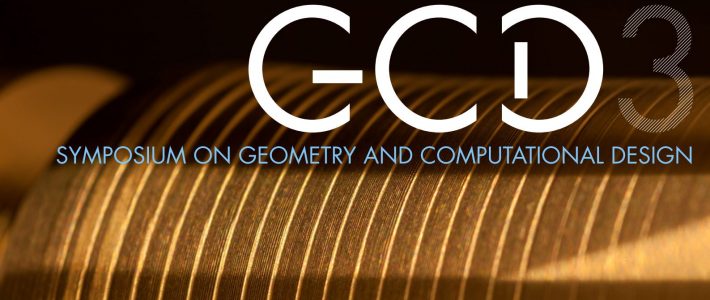GCD Symposium 3

The members of the Center for Geometry and Computational Design cordially invite interested faculty, students, company representatives and the interested public to our third Symposium on Geometry and Computational Design on Friday 18 Nov, 2016 at the Kuppelsaal of TU








